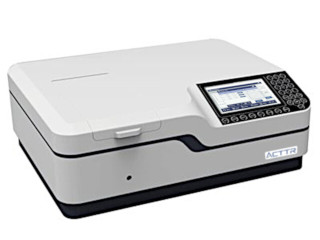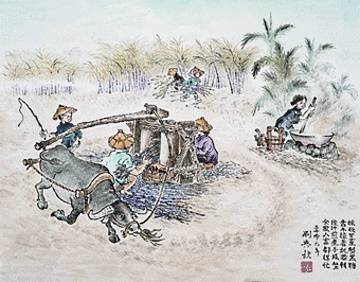How To Measure Sugar Color? What Is Its Relation To Quality?

"Natural Food Is Better" is a well-known ads word. For those sweet foods and seasonings that we eat and drink every day, everyone wants to eat nutritiously healthy. We don't want to have additives, and no synthetic substitutes (no substitute sweetener, no aspartame). For some extreme nutrition and dietetics ways, people even mentioning the consumption of brown sugar is the best choice.
In fact, those refined sugars with transparent white color, are not the result of bleaching nor results of additives, but removing impurities from the raw sugar as well as series of purifying processes. The refined sugars have the same the same nutrition as the brown sugar (or we say, raw sugar). Instead, the purified refined sugar removes impurities that affect the taste and appearance. It does not cause discoloration or odor from other food materials, but only enhances its sweetness. Therefore, the color of sugar is a key indicator reflecting the purity, grade and quality of sugars.

The Traditional Sugar Purify Process in Taiwan
ICUMSA (The International Commission for Uniform Methods of Sugar Analysis Ltd.) is an international standards body for sugars, founded in 1897. ICUMSA developed a standard for classifying eating sugar quality by color, ICUMSA 420. ICUMSA 420 has established a standard for edible sugar chromaticity values from 45IU to 800IU (IU, ICUMSA Units). The lower the value, the lower the impurities. And the value can be further classified into different level of the quality of the sugars, such as refined granulated sugar, crystal sugar, and consumable raw sugar, which is known as brown sugar. As for those raw sugars above 800IU, are not human consumable, but used for cosmetics or other non-edible purposes.
The major instrument for performing ICUMSA 420 measurements is a Spectrophotometer. By measuring the absorbance of the sugar solution at wavelength of 420 nm, one can get the IU color level of the sugar sample. And before the measurement, the native sugar solution has to be filtered and pretreated. Using the filter paper with pore size of 0.45 um. And using a refracrometer to obtain the Brix value (concentration) of the sugar solution. After the absorbance at 420nm, and the Brix been applied into the formula, one can get the ICUMSA 420 chromaticity with IU.
ACTTR Technology provides the instruments and measurement techniques for ICUMSA 420 standard. If you needed further consultation or product information, you were welcome to Contact ACTTR!


